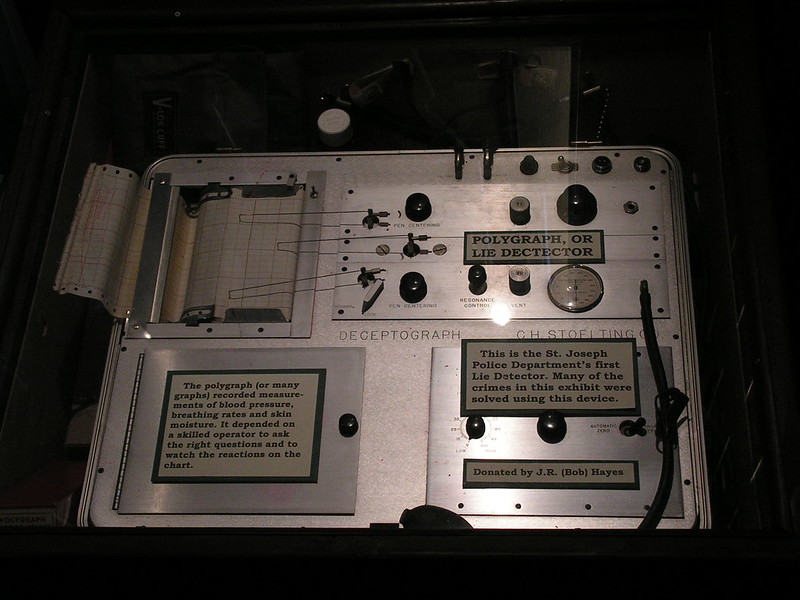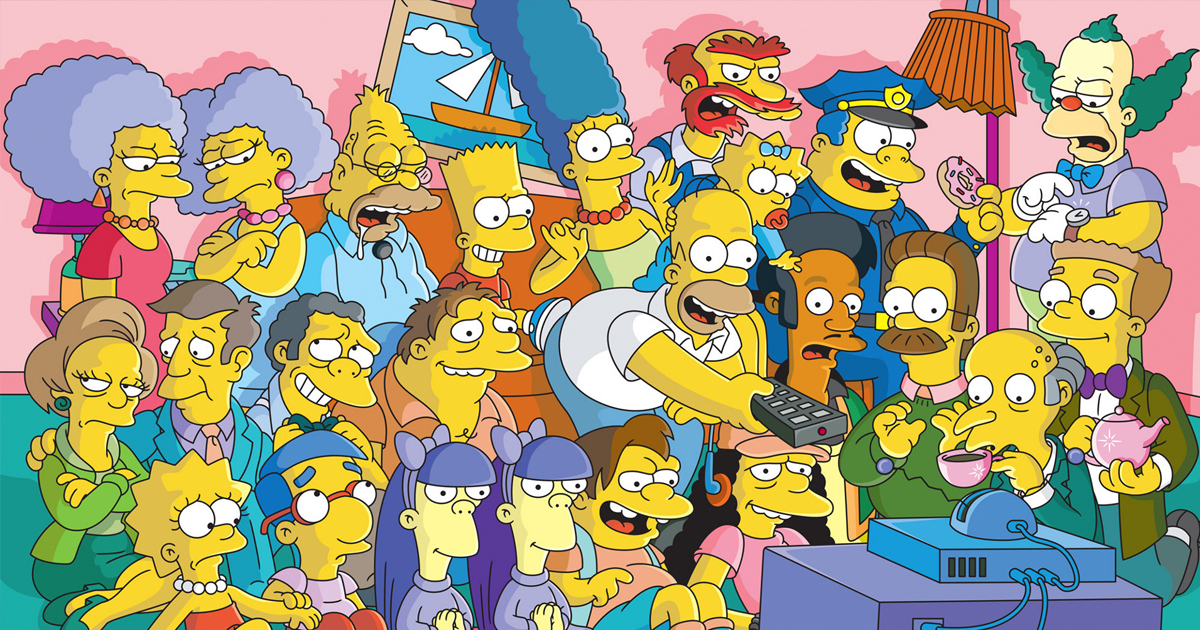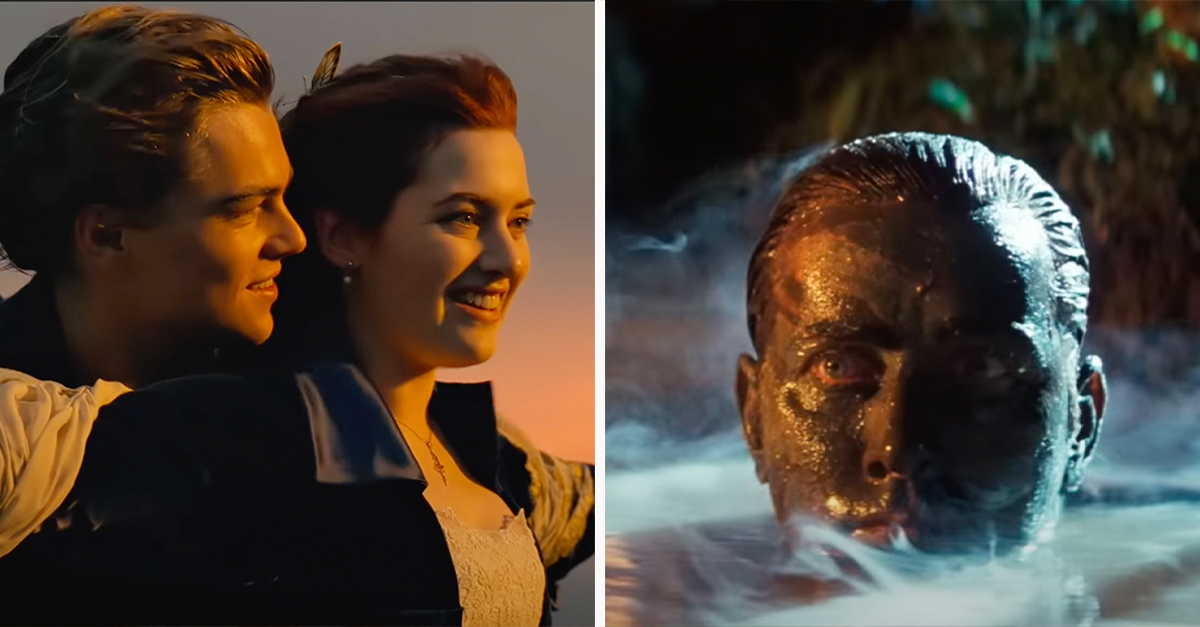Movies vs. reality
Hollywood movies have a tendency to exaggerate the truth a ilttle bit, for the sake of cinematic effect. Most of the time, we can catch the lies easily—but sometimes, they do a good job of passing off false realities as truth.
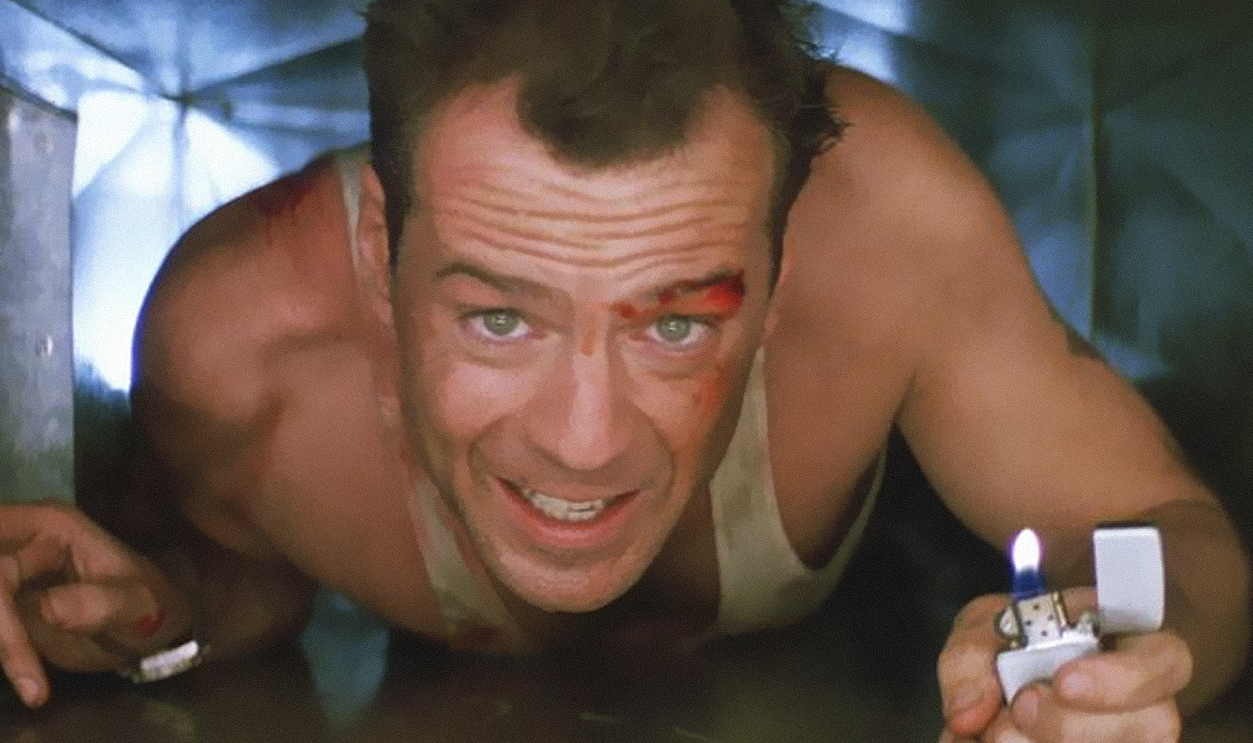
MOVIES: Lie detectors are accurate and reliable
In movies, polygraphs are often portrayed as flawless tools that can determine if someone is truthful or not. They are shown as intimidating devices with wires and sensors connected, and answering questions is suspenseful.
REALITY: Lie detectors are incredibly inconsistent
Polygraphs are not reliable in detecting lies as shown in movies. They track physical reactions influenced by factors like anxiety, not just dishonesty, leading to inaccuracies. Their validity in court is questioned.
MOVIES: Chloroform takes only seconds to kick in
Chloroform use in movies is portrayed as a quick, effective method to render a victim unconscious for easy kidnappings or discreet eliminations. The victim only experiences temporary disorientation with no lasting effects.
REALITY: Chloroform takes up to five minutes to kick in
Chloroform actually takes minutes of constant inhalation to induce unconsciousness and can lead to respiratory issues, irregular heartbeats, or fatal consequences if administered incorrectly.
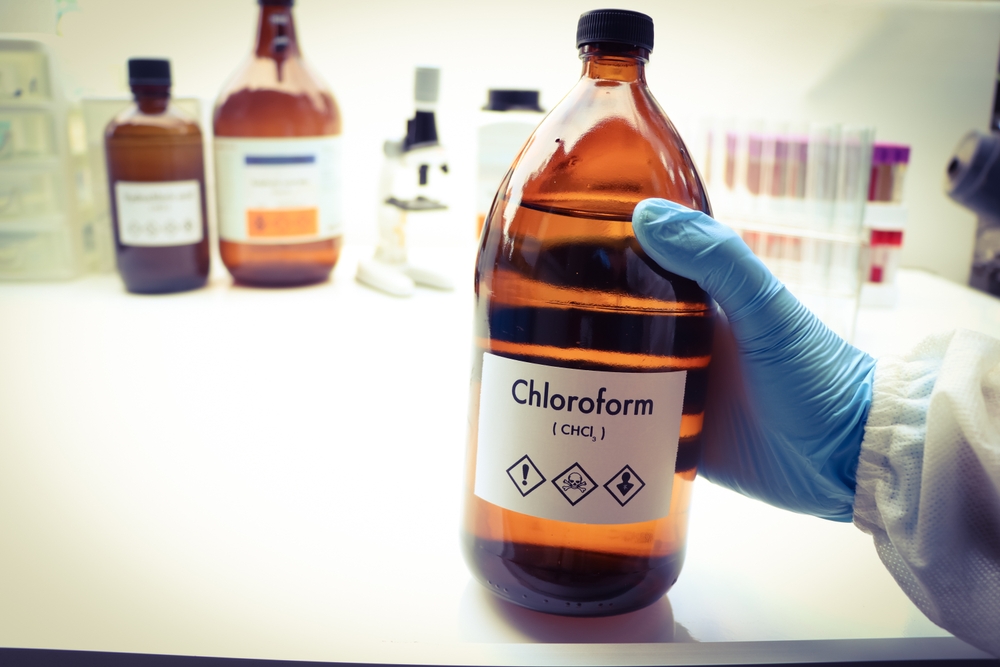 chemical industry, Shutterstock
chemical industry, Shutterstock
MOVIES: Defibrillators can restart an arrested heart
Defibrillators in movies are often shown as powerful life-saving devices that can bring. characters back from near-death with a dramatic shock. Inclusion of defibrillators in a medical scene creates urgency and optimism.
 l i g h t p o e t, Shutterstock
l i g h t p o e t, Shutterstock
REALITY: Defibrillators only normalize arrhythmias
Defibrillators, in reality, are used for abnormal heart rhythms like ventricular fibrillation, not to restart a stopped heart. Success depends on timing and the patient's health. The procedure involves electric shocks and CPR.
MOVIES: Tracing a phone call is a race against time
Phone call tracking in movies is portrayed as a high-stakes race against time, filled with suspense. Characters must keep the caller on the line for just 60 seconds before their location is traced.
 Fran Rodriguez Fotografia, Shutterstock
Fran Rodriguez Fotografia, Shutterstock
REALITY: Tracing a phone call is no sweat
Tracing phone calls in real life is complex but not as time-critical as in movies. Telecom companies and law enforcement can track calls faster with modern tech, using different techniques for landline and cell calls.
MOVIES: Hackers can hack into anything
Movies often glamorize hacking, showing it as an adrenaline-pumping challenge taken on by skilled individuals using fancy tools. Characters that are hackers in film usually bypass security systems effortlessly.
REALITY: Hacking is not as simple as it's made out to be
Hacking is actually a painstaking, time-consuming process in reality, unlike its glamorous depiction in movies. Successful hackers dedicate days, weeks, or months to gather data. They must find weaknesses and experiment with various methods.
MOVIES: You can crawl through ducts with no problem
Movies often show characters using air ducts to sneak around secure locations. The ducts are shown as spacious, well-lit, and easy to navigate, with the characters having no issues getting through them.
REALITY: Most ducts are not designed to be crawled through
Navigating air ducts in reality is much different than portrayed in movies. Typically small, dusty, and sharp, they are designed for air circulation, not human travel. Obstructions like screws and insulation make movement challenging and noisy. They also lack the structural support for human weight
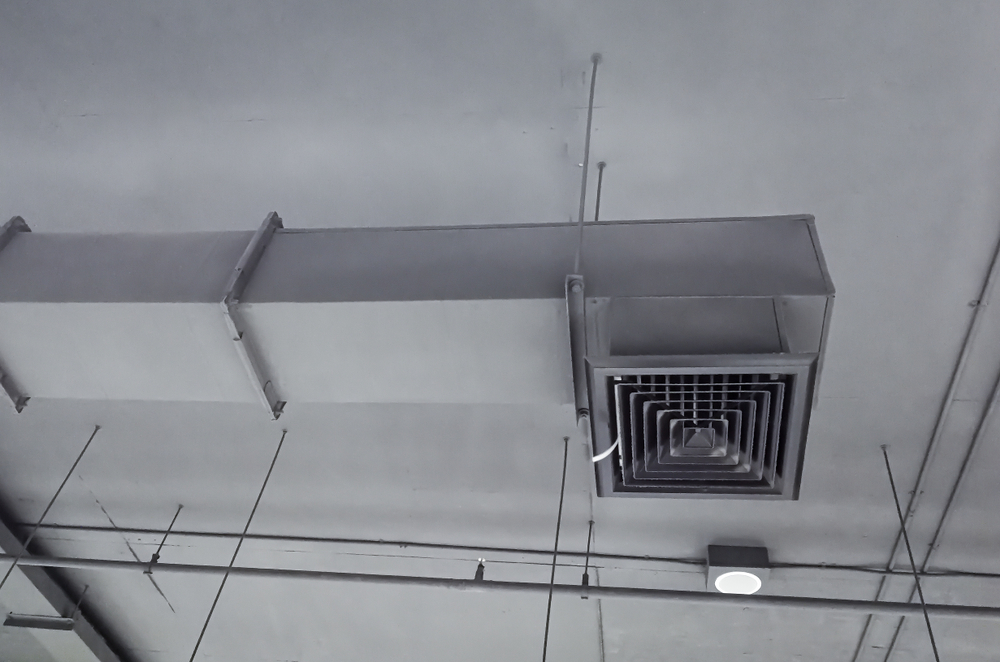 Krit Kongcharoenpanich, Shutterstock
Krit Kongcharoenpanich, Shutterstock
MOVIES: Silencers make bullet shots completely silent
In movies, silencers are often shown as game-changing devices that silence gunshots, allowing for quiet, unnoticed shooting. This depiction presents silencers as essential tools for stealth operations, transforming loud guns into stealth weapons.
REALITY: Silencers work more to suppress noise than silence it
Silencers do not make gunshots silent but reduce noise to a safer level by capturing and releasing propellant gases. They are not completely silent like in movies. Effectiveness depends on gun, ammo, and suppressor type.
MOVIES: Pulling a grenade pin with your teeth is a great idea
In movies, removing a grenade pin is often depicted as fast and easy. Characters use their teeth or pull the pin before throwing it and finding cover.
REALITY: Grenade pins are very hard to pull
Removing a grenade pin in reality requires careful consideration and strength, unlike the casual portrayal in movies. It is not recommended to use teeth for safety reasons. Releasing the safety lever is also necessary to ignite the fuse and prevent accidents.
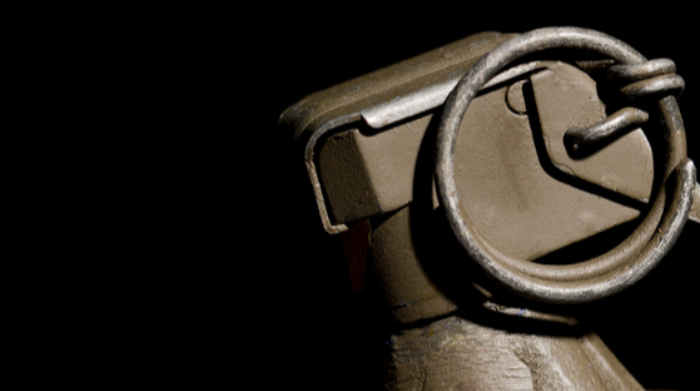
MOVIES: Truth serums will make you spill the truth
Truth serum in movies is portrayed as a powerful substance that quickly induces obedience in subjects, compelling them to disclose confidential information. They are often used in interrogation and espionage scenes.
REALITY: "Truth serums" aren't what you think they are
Truth serums like sodium thiopental and scopolamine do not guarantee honesty or accuracy in information provided. They can result in a mix of truth and fiction, increased suggestibility, and hallucinations, with limited legal and ethical uses in interrogations. Movie portrayals often overstate their effectiveness.
 eurok, CC BY 2.0, Wikimedia Commons
eurok, CC BY 2.0, Wikimedia Commons
MOVIES: Light sabers and laser guns are bright and colorful
Futuristic weapons in sci-fi movies like "Star Wars" include lightsabers with energy blades slicing through objects and blasters shooting laser beams at high speed, creating explosive impacts.
 Deyan G. Georgiev, Shutterstock
Deyan G. Georgiev, Shutterstock
REALITY: Light sabers and laser guns would likely be invisible
Lightsabers and laser guns like those seen in movies do not currently exist in real life. The technology required for these weapons, such as high-energy plasma blades or powerful lasers, is still too advanced. Actual laser weapons are focused on burning or incapacitating targets, rather than on creating visible beams.
 Kiselev Andrey Valerevich, Shutterstock
Kiselev Andrey Valerevich, Shutterstock
MOVIES: Gas tanks will explode when hit with bullets
In movies, gas tank explosions are frequently shown as sudden fireballs ignited by just one bullet, collision, or spark. Characters often target the gas tanks of vehicles, leading to dramatic explosions that cover the area in fire.
REALITY: At most, gas tanks will simply leak when hit with bullets
Gas tank explosions are not as common as believed. Gasoline requires a specific combination of fuel and air to ignite. Modern gas tanks are designed to withstand impacts and prevent punctures. Safety features like fuel cutoff systems and fire-resistant materials further reduce the risk of explosions.
MOVIES: Humans only use 10% of their brains
Movies portray the idea of using only 10% of the brain as an intriguing concept of untapped potential. "Lucy" and "Limitless" show characters unlocking incredible abilities, suggesting powers beyond imagination.
REALITY: The human brain is a lot more active than just 10%
The misconception that humans only use 10% of their brains is debunked by neuroscience, which shows all parts of the brain are active and important for cognitive functions through various imaging techniques.
MOVIES: Get arrested, get one phone call.
In movies, the importance of a "single phone call" after an arrest is highlighted as a critical moment for the character to urgently contact a lawyer or loved one in a stressful situation.
 Thomas Andre Fure, Shutterstock
Thomas Andre Fure, Shutterstock
REALITY: If you're arrested, you might get multiple phone calls.
The "one phone call" rule for detainees is not accurate. Prisoners have the right to multiple calls, especially to their attorney. Different factors affect the number and timing of calls. Agencies must provide communication access for legal representation and family notification
 Melnikov Dmitriy, Shutterstock
Melnikov Dmitriy, Shutterstock
MOVIES: Middle-class individuals or families who own nice apartments in New York City
Middle-class New Yorkers in movies live in spacious and stylish apartments in popular areas like Manhattan. Depicted in rom-coms, dramas, and sitcoms, these characters enjoy well-decorated homes with extras like doormen, suggesting affordability in NYC.
REALITY: Unless you're a multimillionaire, you're not owning any property in New York City.
In reality, middle-class individuals in New York City face difficulty owning apartments due to high living and housing costs, especially in Manhattan. Buying in desirable areas is expensive and often unfeasible, as is renting.


